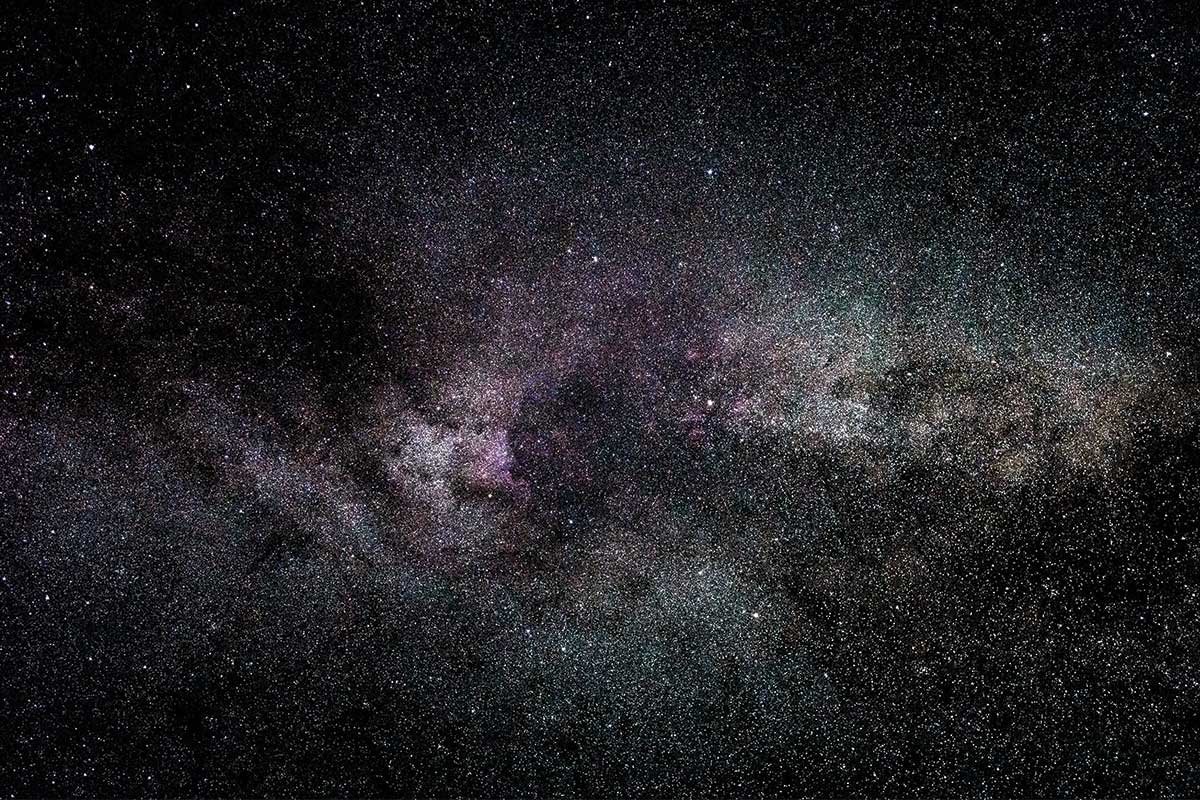NASA is gearing up for an exciting journey through our Milky Way Galaxy with the Nancy Grace Roman Space Telescope. This isn’t just any telescope; it’s a high-tech explorer that will scan space looking for tiny signals and signs that could reveal big secrets about the universe.
What’s the Roman Telescope Up To?
Watching Millions of Stars
The Roman Space Telescope has a special mission: it’s going to keep an eye on hundreds of millions of stars in our galaxy.
Spotting the Hidden
But it’s not just stars; it’s searching for other things too, like planets, faraway stars, icy objects near the edge of our solar system, hidden black holes, and more.
Finding New Worlds
Scientists are excited because this telescope might find a brand new planet farther away than any we’ve seen before. This could open the door to discovering new worlds in the galaxy, adding to the 5,500 exoplanets we already know about.
Time-Domain Astronomy
The Roman Telescope is all about something called “time-domain astronomy.” This means it’s watching how the universe changes and evolves over time. It’s joining a network of observatories from around the world, all working together to catch cosmic events as they happen.
When and Where?
NASA plans to send the Roman Space Telescope into space by May 2027. Its main job will be to look at the heart of the Milky Way, which is like the galaxy’s downtown area. To do this, it’ll use special cameras that can see through dust clouds that usually hide this part of our galaxy.
Keep Watching!
The way this telescope works is pretty cool. It takes pictures every 15 minutes, all day and all night, for about two months. And it doesn’t stop at just one round – it does this six times during its main five-year mission. That’s over a year’s worth of amazing pictures!
Listening to Stars
But the Roman Telescope isn’t just about taking pictures. It’s also going to listen to stars. Well, sort of. It will study a million giant stars by watching how they change in brightness. This helps scientists learn about what’s going on inside these stars, like how old they are and what they’re made of.
